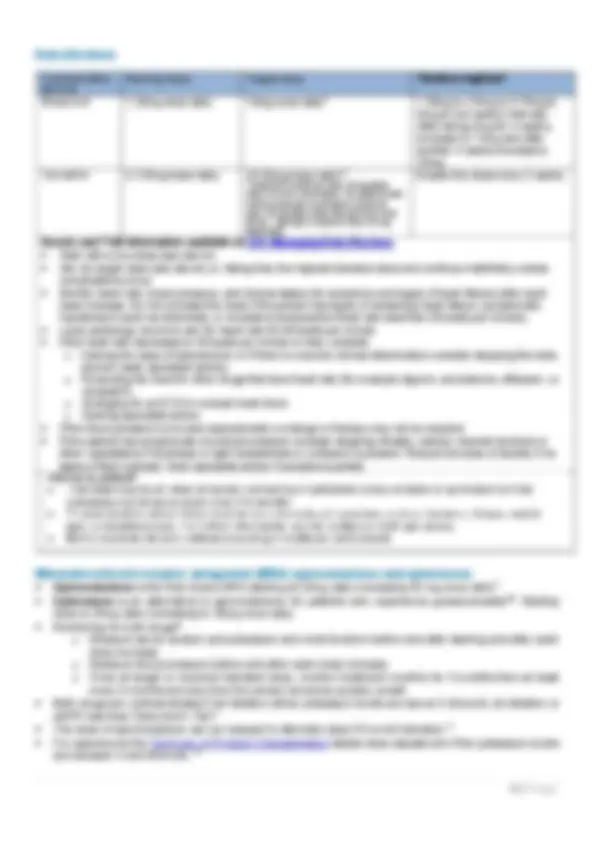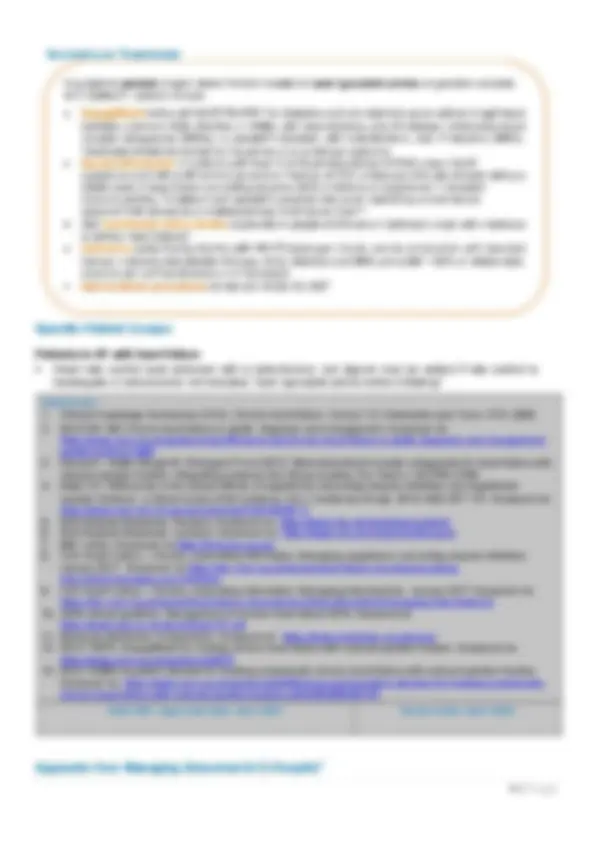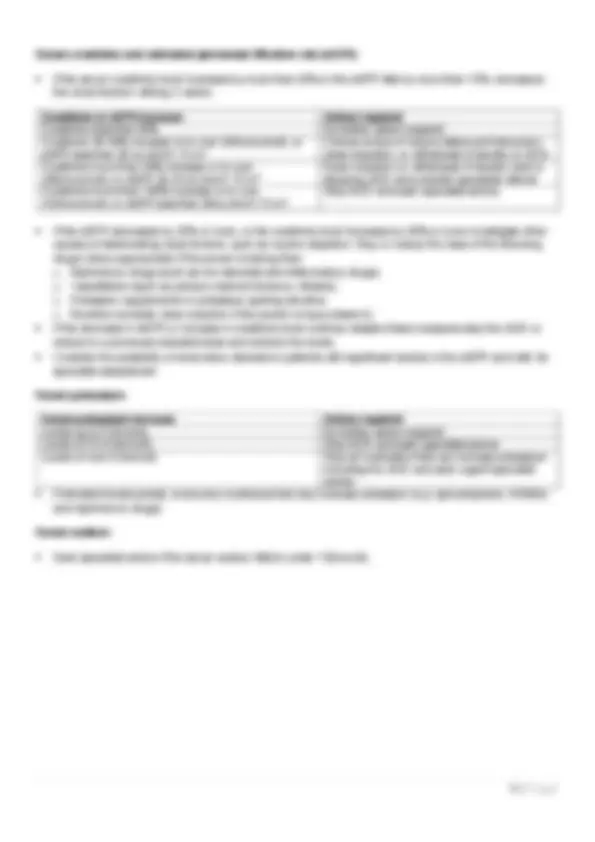





Study with the several resources on Docsity

Earn points by helping other students or get them with a premium plan


Prepare for your exams
Study with the several resources on Docsity

Earn points to download
Earn points by helping other students or get them with a premium plan
Community
Ask the community for help and clear up your study doubts
Discover the best universities in your country according to Docsity users
Free resources
Download our free guides on studying techniques, anxiety management strategies, and thesis advice from Docsity tutors
Initial Management. If symptoms are sufficiently severe, they warrant treatment while waiting for confirmation of diagnosis.
Typology: Study notes
1 / 5

This page cannot be seen from the preview
Don't miss anything!




If symptoms are sufficiently severe, they warrant treatment while waiting for confirmation of diagnosis Consider prescribing a loop diuretic 1 :
Some patients have heart failure due to left ventricular systolic dysfunction (LVSD) which is associated with a reduced left ventricular ejection fraction. Others have heart failure with a preserved ejection fraction (HFpEF, also known as Diastolic Heart Failure). The majority of evidence on treatment is for heart failure due to LVSD; therefore, for those with HFpEF management should be in consultation with a cardiologist. The following recommendations are based around patients with LVSD.
Licensed ACEI Starting dose Target dose
Ramipril (preferred) 2.5mg once daily Note the BNF 7 recommends a 1.25mg starting dose but NICE CKS 8 recommends 2.5mg which is supported by local cardiologists with clinical discretion to start at a lower dose in patients at higher risk of hypotension
5mg twice daily or 10mg once daily 7
Perindopril erbumine*^ 2mg once daily 4mg once daily 7
*Perindopril erbumine is an alternative ACEI that could be considered to reduce the number of dose titrations needed but it is approximately four times^7 as expensive as ramipril so should not be used routinely. How to use^8 Full information available at CKS Managing ACE Inhibitors
Advice to patient^8
Patients in AF with heart failure
References:
Serum creatinine and estimated glomerular filtration rate (eGFR)
Creatinine or eGFR increase Action required Creatinine less than 30% No further action required Creatinine 30-50% increase or to over 200micromol/L or eGFR less than 30 mL/min/1.73 m 2
Clinical review of volume status and temporary dose reduction, or withdrawal of diuretic or ACEI Creatinine more than 50% increase or to over 256micromol/L or eGFR 20-25 mL/min/1.73 m 2
Dose reduction or withdrawal of diuretic and/ or stopping ACEI and consider specialist referral Creatinine more than 100% increase or to over 310micromol/L or eGFR less than 20mL/min/1.73 m 2
Stop ACEI and seek specialist advice
reduce to a previously tolerated dose and recheck the levels.
specialist assessment.
Serum potassium
Serum potassium increase Action required Levels up to 5.5mmol/L No further action required Levels of 5.5-6.0mmol/L Stop ACEI and seek specialist advice Levels of over 6.0mmol/L Stop all medication that can increase potassium including the ACEI and seek urgent specialist advice
and nephrotoxic drugs)
Serum sodium